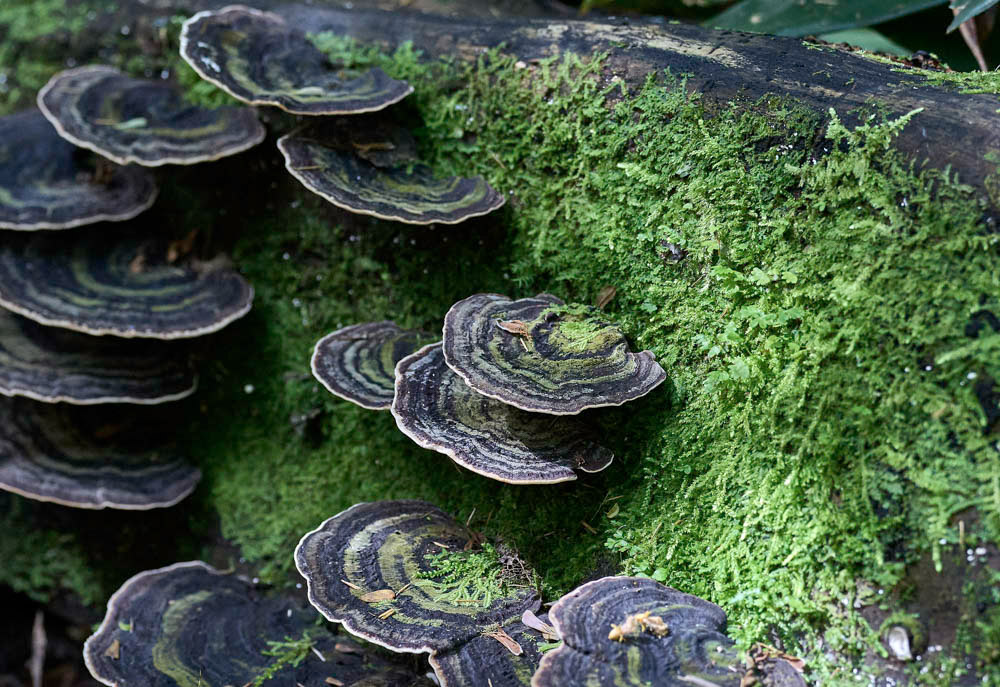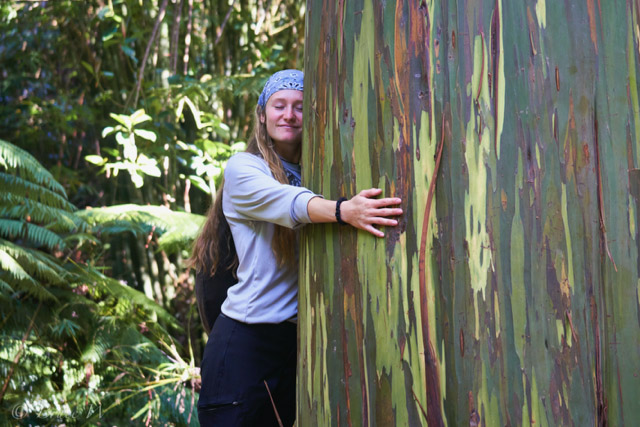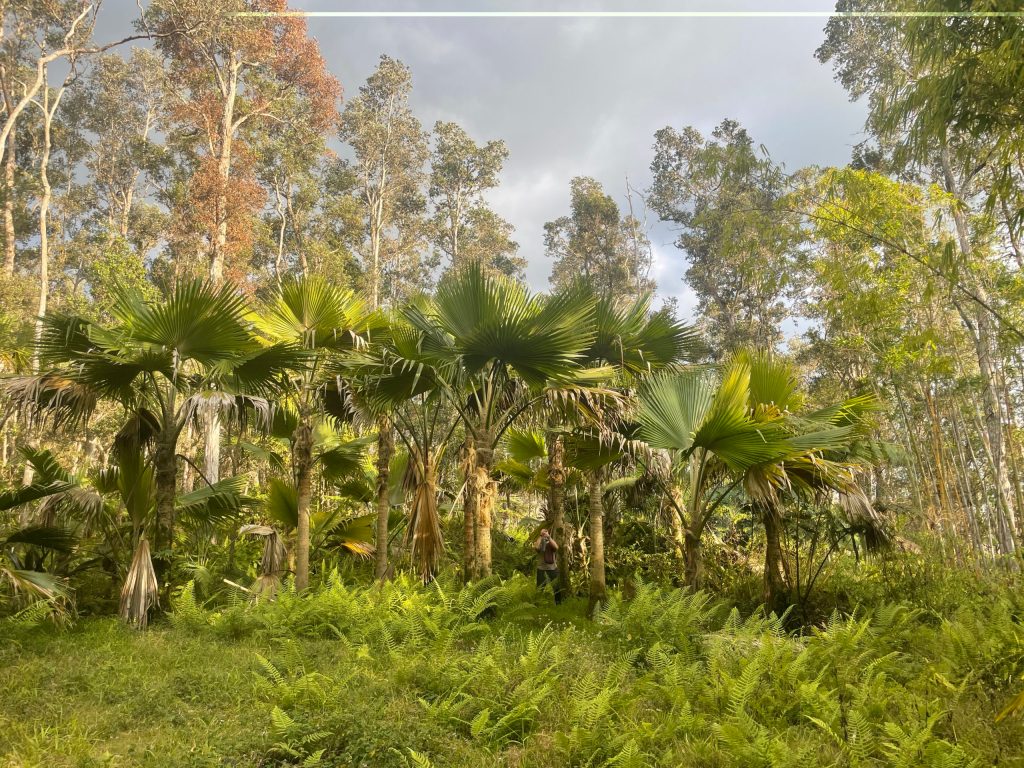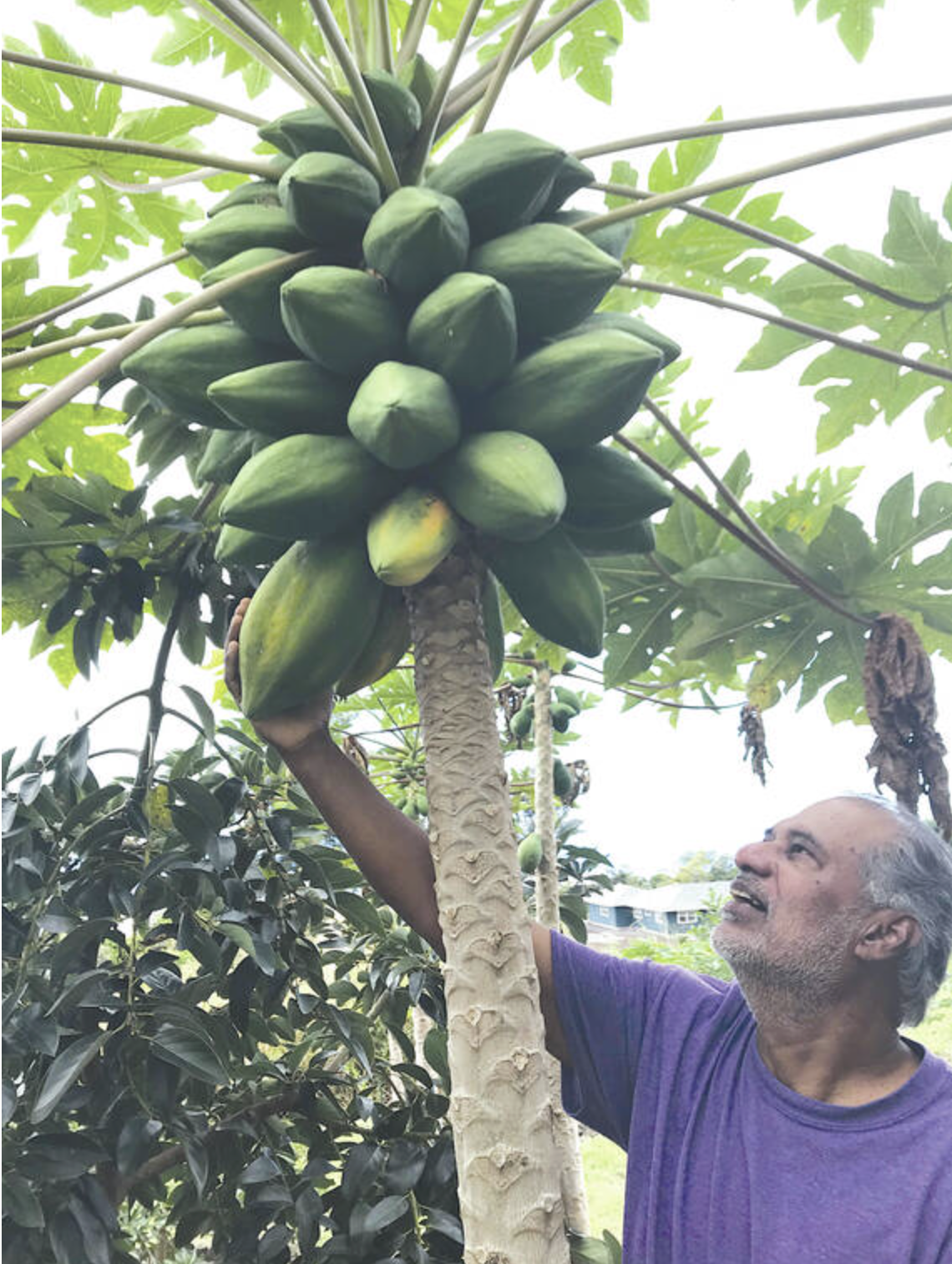Nature’s Whisper
Nature, with its intricate beauty, holds secrets beyond what meets the eye. In this exploration, we delve into a variety of research and publications which document the fascinating realm of how nature communicates, shedding light on the mycelial network and the social life of forests. These revelations not only provide insights into the interconnectedness of ecosystems but also challenge our perception of the natural world.
The Mycelial Network: Nature’s Internet
Beneath the surface of the soil lies a hidden marvel – the mycelial network. Often referred to as nature’s internet, this vast underground network comprises mycelium, the thread-like structures of fungi. Mycelium acts as a communication highway, enabling different plant species to exchange information and nutrients. It’s a symbiotic relationship that transcends individual plant boundaries, creating a web of interconnected life.
Unveiling the Scientific Insights
Scientific American, a reputable source in the realm of scientific knowledge, has delved into the intricate workings of the mycelial network. Their research underscores the significance of this underground communication system, highlighting how plants use it to warn each other of potential threats and share essential resources. The exchange of information through mycelium demonstrates a level of cooperation among plant life that challenges traditional views of competition in the natural world.
Harnessing Mycelium’s Potential
The potential applications of mycelium go beyond mere communication. Scientists are exploring ways to harness the power of mycelium for sustainable practices. A few ways in which scientists plan to use the power of mycelium is through the development of eco-friendly materials and bioremediation, the use of either naturally occurring or deliberately introduced microorganisms or other forms of life to consume and break down environmental pollutants. As we delve deeper into understanding this natural internet, we unlock possibilities for environmentally conscious solutions inspired by nature.
The Social Life of Forests
In the heart of dense woodlands, a social life thrives. Smithsonian Magazine, in its exploration titled “Do Trees Talk to Each Other?,” unravels the social dynamics within forests. Contrary to the conventional perception of trees as solitary entities, they engage in a form of communication that resembles a social network. This network is also known as “The Wood Wide Web”.
Decoding the Conversations
Trees communicate through chemical signals and root networks. When one tree is under stress, neighboring trees respond by adjusting their chemical composition to strengthen their defenses. This communal defense mechanism reflects the interconnectedness and interdependence of trees in a forest, forming a collective effort for survival. The intricate language of trees involves not only warnings but also sharing nutrients through their root systems, fostering a collaborative environment.
The Role of Forest Communities
Beyond individual tree communication, the concept of forest communities emerges. Trees within a forest are not isolated entities but part of a larger community where mutual support is the key to resilience. Understanding and preserving these forest communities become essential for maintaining the health and biodiversity of ecosystems.
The concept of Wood Wide Web challenges our perception of individual trees, portraying them as active participants in a community that collaborates for the well-being of the entire ecosystem. Fungal threads act as information highways, enabling swift communication between trees separated by considerable distances. This collaborative network enhances the resilience of forests, allowing them to adapt to changing environmental conditions.
Lessons from the Wood Wide Web
The Wood Wide Web offers valuable lessons for human societies – the power of collaboration and information sharing. As we witness the success of this natural internet, it prompts reflection on our own interconnectedness and the potential benefits of fostering collaborative relationships for the greater good.
The Hidden Life of Trees: Insights from Peter Wohlleben
For those of us who enjoy sitting down with a nice book, Peter Wohlleben’s “The Hidden Life of Trees,” takes us on a captivating journey into the world of trees and their communication. This literary exploration enhances our understanding of the intricate relationships trees share and the significance of their communication methods.
Wohlleben’s narrative goes beyond the scientific, delving into the emotional and intricate connections between trees. Through vivid storytelling, he unravels the hidden lives of trees, showcasing their ability to communicate not just for survival but also for mutual support and community building. The book, in addition to publications mentioned above, again invites readers to perceive trees not merely as silent beings but as dynamic participants in the dance of nature.
Visualizing A Forest Communicating
For those of you who would like to visualize how forests communicate, National Geographic offers a great visual representation. In a short video titled, “How Trees Secretly Talk to Each Other,” they delve into the subtleties of forest communication, emphasizing the covert ways in which trees convey information crucial for their survival.
National Geographic’s exploration takes us on a visual journey, capturing the intricacies of tree communication through stunning photography and insightful narratives. The video not only informs but also inspires, highlighting the beauty of nature’s communication methods and the need for conservation efforts to protect these delicate ecosystems.
Embracing Nature’s Symphony: A Conclusion
In conclusion, the revelation of nature’s communication methods, from the mycelial network to the Wood Wide Web, underscores the interconnectedness of life in the natural world. As we unravel these mysteries, it becomes evident that nature operates as a symphony, with each element playing a crucial role in the harmony of ecosystems. Embracing and understanding these communication methods not only deepens our appreciation for nature’s complexity but also highlights the importance of preserving and respecting the delicate balance that sustains life on our planet. The lessons learned from the mycelial network, forest social life, and the Wood Wide Web beckon us to be stewards of the environment, fostering a future where humans and nature coexist in harmony.
FAQ’s
How are mushrooms and mycelium related?
Mycelium is a part of the mushroom that is very similar to the root system of a plant. When mycelium reaches a certain stage of maturity or encounters environmental conditions such as humidity or nutrient availability, it undergoes a process called fruiting. Fruiting is the formation of mushroom structures, which are the reproductive organs of fungus.
What is the mycelial network and how does it function as nature’s internet?
The mycelial network is an underground network of mycelium, the thread-like structures of fungi. It functions as nature’s internet by facilitating communication and nutrient exchange between different plant species.
What scientific insights support the significance of the mycelial network?
Scientific insights from sources like Scientific American underscore the mycelial network’s significance, highlighting its role in enabling plants to warn each other of threats and share essential resources.
How do plants use the mycelial network to communicate and share resources?
Plants use the mycelial network to communicate through chemical signals and share nutrients via their root systems. This cooperative behavior enhances their collective resilience.
What are some potential applications of mycelium for sustainable practices?
Scientists explore using mycelium for eco-friendly materials and bioremediation, which involves using microorganisms to break down environmental pollutants.
How do forests communicate, and what is the Wood Wide Web?
Forests communicate through chemical signals and root networks. The Wood Wide Web refers to the interconnected network of trees facilitated by fungal threads, enabling communication over vast distances.
What role do trees play in forest communities, and how do they support each other?
Trees in forest communities support each other by adjusting their chemical composition to strengthen defenses when neighboring trees are under stress. This reflects their interconnectedness and mutual support.
How can we, as individuals, contribute to preserving and respecting the delicate balance of nature’s communication networks?
We can contribute by fostering conservation efforts, promoting sustainable practices, and respecting the interconnectedness of ecosystems in our daily lives.








